What is Bus Bar?
Bus bar is a metallic strip or conductor shaped in square or rectangle or any…which is used in the major electrical panel such as MCC (Motor Control Circuit), PCC (Power control circuit), MLDB (Main Lighting Distribution Board) etc.
Bus Bars are made up of copper or aluminium or iron or silver or galvanized iron etc. different types of bus bars are used for different types of applications.
For example, copper and aluminium used in the electrical panel as conductor, iron bus bar used in traction conductor such as lifts, trolleys etc. galvanized iron is used as earthing bus bar. Gold and Silver bus bar is used in high conductivity applications.
Why Busbar are preferred for electrical installation?
- Easy installations
- Great flexibility
- Easy plugin add-on (easy expandable)
- High current carrying capacity as compared with cables
- Easy manufacturing
- Less cost.
Also see: Busbar Current Calculator Online
Difference between AC bus bar and DC bus bar:
The bus bar which carries alternating current such bus bar is called AC busbar and the Busbar which carries direct current such a bus bar is called DC bus bar. But there is no difference at all.
Many of the electrical engineers confuse about AC bus bar and DC busbar. In practically, Busbar means a conductor, which allows both Alternating current and Direct current that all. There is no difference or special manufacturing is required to carry alternating current and direct current. If a bus bar can allow 150 Amps means, we can send either AC 150 Amps or DC 150 Amps.
Lets see the current carrying capacity of copper, aluminium, iron, galvanised, Silver Busbar
Copper Busbar current carrying capacity:
The copper has high conductivity and low resistivity. Copper is having high current carrying capacity.
I have worked in a panel manufacturing company for three years, the standard current carrying capacity of the Copper busbar is 1.2 times its product of width and the thickness.
Which means, take a copper bus bar of 100 mm width and 10 mm thickness, the area of the copper bus bar is 10 * 100 sqmm. The total current carrying capacity of the busbar is 1.2 * area => 1000 sqmm* 1.2 =1200 Amps.
Copper busbar current carrying capacity = 1.2 * Busbar width * Thickness in Amps
Hence the total current carrying capacity of the copper 1200 Amps of 100mm width and 10 mm thickness.
They are mainly used in the high current junction like breaker joint, male & female contact operation, frequency converters etc.
Also, the only disadvantage of copper is that it will get erode on the high moisture area, in those place aluminium busbars are highly recommended.
But tin-coated copper can be used in a high moisture area.
Aluminium Busbar current carrying capacity:
The aluminium bus bar widely used and most popular than copper busbar. The aluminium bus bar is cheaper than copper busbar, but the resistivity of the aluminium busbar is high as compared with copper busbar.
Aluminium busbar current carrying capacity = 0.8 * Busbar width * Thickness in Amps
Also aluminium has the less current-carrying capacity as compared with copper. But performance/cost is high in aluminium bus bars.
Example:
Take the same busbar of 100mm wide and 10 thick, the current carrying capacity of the aluminium busbar is 800 Amps. We should take multiple factors like 0.8.
Iron busbar:
In very rare applications, the iron busbar used. Generally, these busbar used in trolleys, tractions, unloader etc. the I2R loss of the iron busbar is high as the resistance of the iron high. The iron bus bar is cheap as compared with aluminium and copper. These bus bars will get corrode easily. These are not suitable for high moisture are.
Iron busbar current Carrying capacity = 0.6 * Busbar width * Thickness in Amps
Consider the same bus bar size of 100 sqmm x 10 mm thickness, hence the total current carrying capacity would be 600Amps for the 100×10 mm busbar.
Galvanized steel busbar:
These galvanized bus bars are most popular in electrical earthing. You can see them in railway tracks or panel right or left-hand side. These bus bars are manufactured from iron and they will be galvanized. It is also called a GI bus bar
Hot-dip galvanising protects the material such as steel and ferrous material from corrosion and various weather conditions by providing a tough metallic zinc envelope, which completely covers the steel surface and seals it from the corrosive action of its environment. Let see the current carrying capacity of the galvanized busbar.
Galvanised busbar current Carrying capacity = 0.6 * Busbar width * Thickness in Amps
Silver steel busbar:
Silver busbar is the very rarely used busbar since the cost of the silver is very high. Also, the current-carrying capacity of the silver busbar is higher than the copper, aluminium, iron, and GI.
Silver busbar current Carrying capacity = 1.6 * Busbar width * Thickness in Amps
It is 1.6 times of product of silver busbar width and thickness.
Cost comparison:
Copper > aluminium > galvanized iron > steel
Performance to cost ratio:
Aluminium > copper > galvanized iron > steel


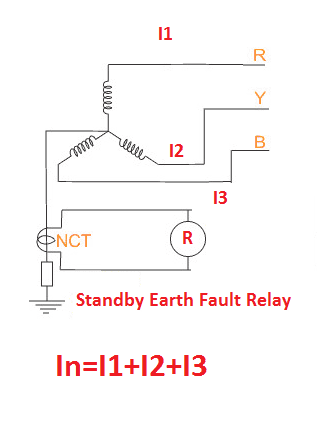
![What is Normally Open & What is Normally Closed [Video Included] What is NO and NC](https://www.electrical4u.net/wp-content/uploads/2020/09/What-is-NO-and-NC-218x150.png)

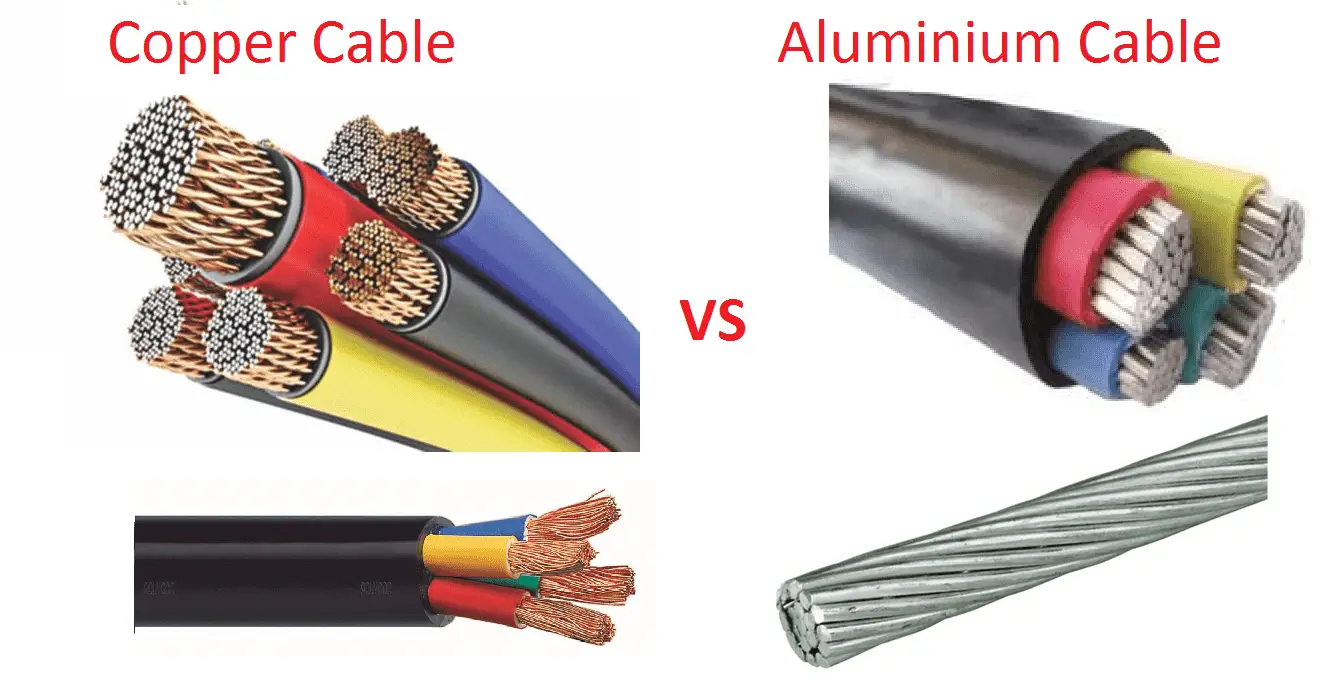
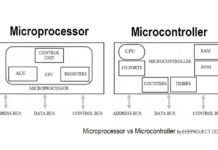
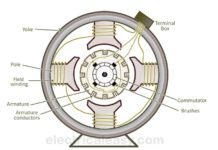
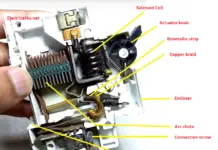
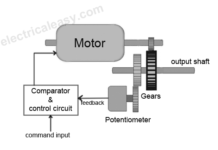
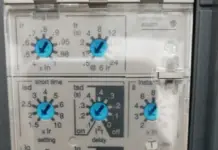
Dear Sir,
As per Is code , what is current carrying capacity of aluminium busbar and copper busbar per sqmm
Dear Sharma,
As per IS standard, the Al bus bar should carry 0.7 to 0.8 A per cubic milli meter and Cupper should carry 1.2 Amps per cubic milli meter.
I still prepare the 1000A per square inch of copper bus bar.
Correct me if i’m wrong.
For Example:
Circuit Breaker Rating = 500AT
Width of Circuit Breaker terminal = 1 inch
Area is to be computed as = 500 A / 1000A/ square inch= 0.5 square inch
To solve the thickness = Area in square inch/ width = 0.5/1 = 0.5 or 1/2 inch
so; Use 1 leaf of 1/2″ x 1″ size copper busbar and since 1/2″ thick busbar are difficult to bend, better use 2 leaf of 1/4 x !” bus bar.
You adjust the width and thickness as long as the area is the same.
Beeboy Tanedo
Assistant Helper Electrician
from the Philippines
Dear Beeboy,
Note that, the copper carries 1.2 A/Sqmm. For 1000 Amps you can use 1 leaf of 10mm x 1000mm bus bar. you do not need to use 2 leaves of 1/4 x 1” bus bar.
Why is an 80mm2 multistrand copper cable capable of carrying 300+amps and yet the same cross section of copper bus bar by your calculator only carries just under 100amps.
It is called the skin effect. The surface area of 80mm2 solid copper bar has a lower surface area that 80mm2 multi-stranded copper cable. in solid copper bar very little of the current actually flows down the centre of the bar and the majority of the current flows along the edge. therefore the greater the surface area the more current the conductor can carry. This was exploited by switchgear manufacturer’s in the early 80’s and they used busbars that was aluminium in the centre with a skin of copper. This saved money and made large switchgear lighter. However the reaction between copper and aluminium is such that ten years later it all had to be removed and replaced with solid or laminated copper bars.
Do you have the exact standard (e.g. IEC 60287) from which you derived the rule “1.2A per sq mm” please? Thanks
Yes..It is standard..i have collected this data from the Formoplastic Panel supplier
thank you
Dear Sir,
Is copper strip we use instead of solid busbar ,can carry more Amp. ?
for example we want copper busbar for 400Amp for solid bus bar Area will be 400/1.2 = 330 sq.mm
If we use 4 strips x 24 mm Width x 1.00mm =96 Sq.mm ( Area) Can carry same amp ?
As flexible insulated busbar manufacturer Claim this . Is it true ?
Yes it is true. I was working in a panel board testing department.